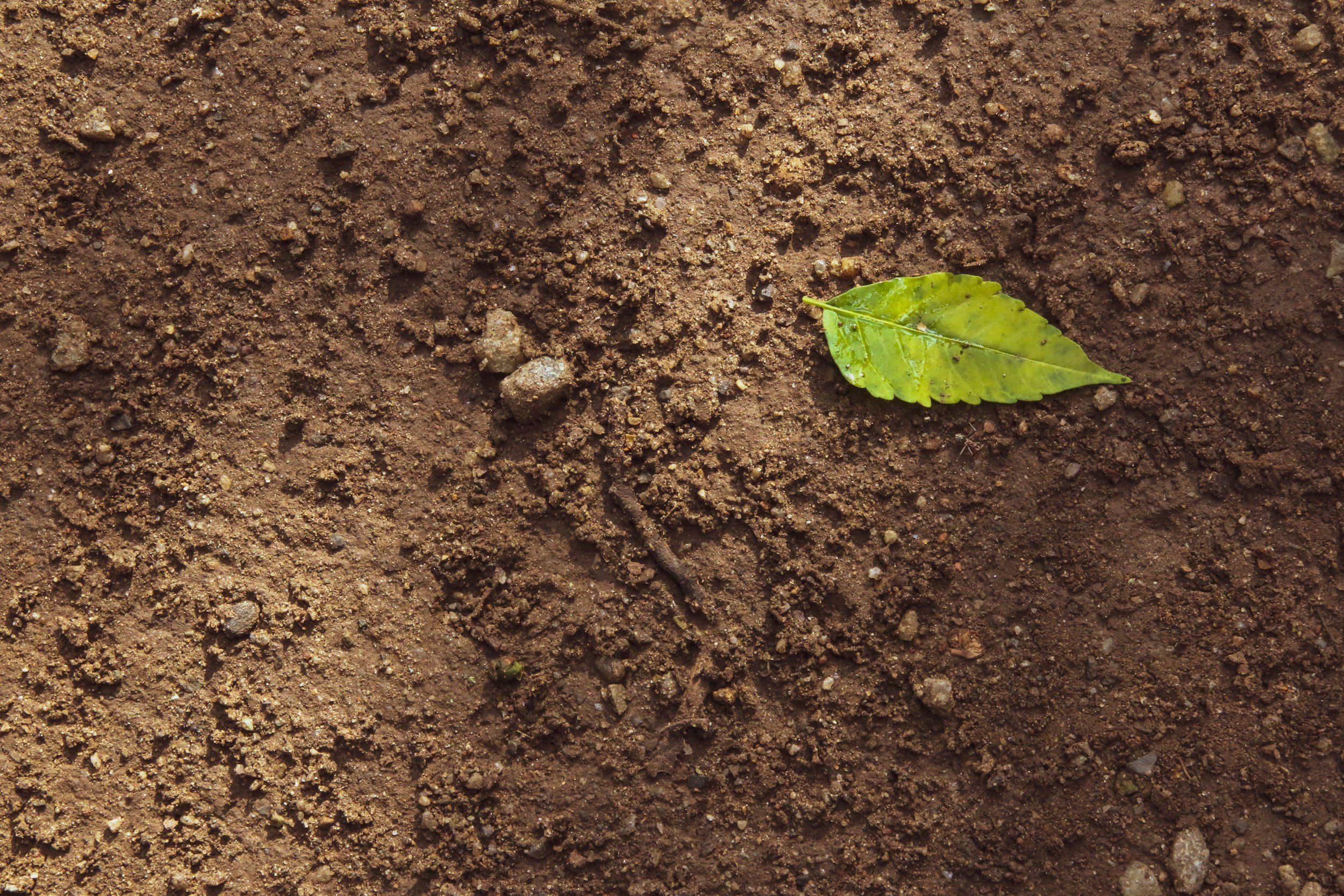
Jersey Worms Landscaping
Morris County, NJ
Lawn Care Professionals
Skip the fluff:
Licensed and Insured
Small Dedicated Team - Not a Franchise
Educated and Experienced
Easy Communication Via Phone and Email
Top dressing Specialists
Give your lawn the love it needs from the ground up. We provide the works when it comes to topdressing and NO ONE does it like Jersey Worms does. A full thorough job from start to finish. Get quality seed, higher germination rates, mechanical services and more all at the same time.
We don’t stop there, we have a full follow up program to continue the glowing results you’ll receive from topdressing. Slowly eliminating the synthetic fertilizers that you’ve been routinely applying to your lawn.
Why are you still reading? Call now and bring your soil back to life.

Our Services
-

Lawn Treatment Programs
If it involves turf we do it!
Applications:
Fertilization - Grub Control - Weed Control - Deep Root Feeding - LimeMechanicals:
Topdressing - Aeration - Seeding - Power Raking and more -

Property Maintenance
Routine visits throughout the growing season
Weekly maintenance - Edging - Seasonal Clean ups
-

Bed Maintenance and Mulch
Bed Spray for Weeds - Mulching - Edging - Bush Trimming - Planting
-

Snow & Ice Management
Residential



